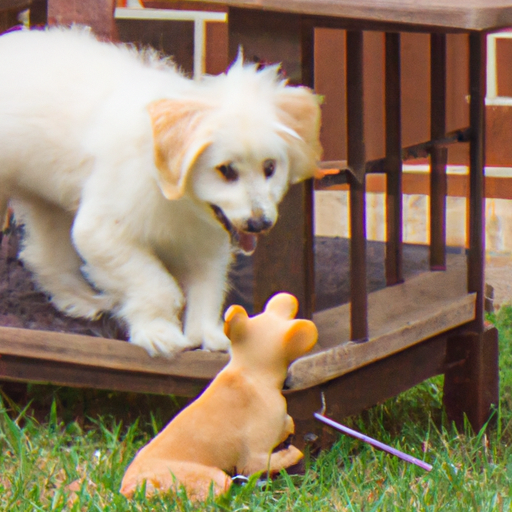Introduction
In your role as a caregiver, it’s crucial to understand the behaviors and reactions of your dog, especially when it comes to interactions with other animals, such as mice. Understanding these interactions can help you ensure the well-being of both your pet and the other creatures they may encounter. In this piece, we’ll delve into how dogs react to mice, spanning from their instinctual responses to how training can influence their behaviors.
How Dogs Typically React to Mice
Contrary to what cartoons may display, dogs don’t always chase mice. They are, however, naturally curious animals and may express an interest in any new creature they come across.
-
Instinctual Response: Dogs have instinctual prey drives. This means they might chase, paw at, or even try to catch a mouse they encounter. This is much more common in breeds that were historically used for hunting or ratting, such as terriers.
-
Curiosity: Dogs are naturally curious creatures. They might sniff, follow, or watch a mouse out of plain curiosity, without any intention of harming it.
-
Fear or Disinterest: Yes, some dogs might actually be afraid of mice, or simply show disinterest. This largely depends on the dog’s personality and previous experiences.
The Dangers of Dogs Chasing Mice
While it might seem amusing or harmless to let your dog chase or play with a mouse, it’s important to understand the potential risks involved.
-
Disease Transmission: Mice can carry a host of diseases that are harmful to dogs, including the deadly Hantavirus. A dog doesn’t have to be bitten to contract these diseases; even sniffing mouse droppings or urine can be dangerous.
-
Ingesting Poison: If the mouse your dog is chasing has ingested poison, your dog could also be at risk if they catch and swallow the mouse.
-
Physical Harm: While mice are small, they can still bite or scratch when cornered, potentially causing harm to your dog.
Training Your Dog to Respond Appropriately to Mice
It’s possible to train your dog to react appropriately when they encounter a mouse. This process will involve rewarding positive behavior and discouraging negative behavior.
| Training Steps | Description |
|---|---|
| Step 1 | Acclimatize your dog with the scent of a mouse |
| Step 2 | Reward non-aggressive behavior |
| Step 3 | Discourage aggressive or overly excited behavior |
| Step 4 | Repeat the training consistently over time |
How to React When Your Dog Encounters a Mouse
As a caregiver, you’ll need to be prepared for when your dog encounters a mouse. Always prioritize your dog’s safety and remember to stay calm. The best course of action is to distract your dog and remove them from the situation, preferably in a gentle and calm manner.
FAQ
Q1: Why does my dog chase mice?
A: This is usually an instinctual prey drive response. Some breeds are more prone to this behavior due to their hunting or ratting past.
Q2: Can a mouse hurt my dog?
A: While a mouse is significantly smaller than a dog, it can still cause harm through bites or scratches. Mice can also carry diseases that can be harmful to dogs.
Q3: How can I prevent my dog from chasing mice?
A: Training is key. Reward your dog for non-aggressive behavior towards mice and discourage aggressive or overly excited behavior. Consistency is key in this training.
Q4: What should I do if my dog catches a mouse?
A: If your dog catches a mouse, remove the mouse from their mouth as safely as possible and consult with a vet to ensure your dog hasn’t contracted any diseases.
Remember, knowledge is power. By understanding how dogs react to mice, you can better manage these encounters and ensure the safety of all involved.



